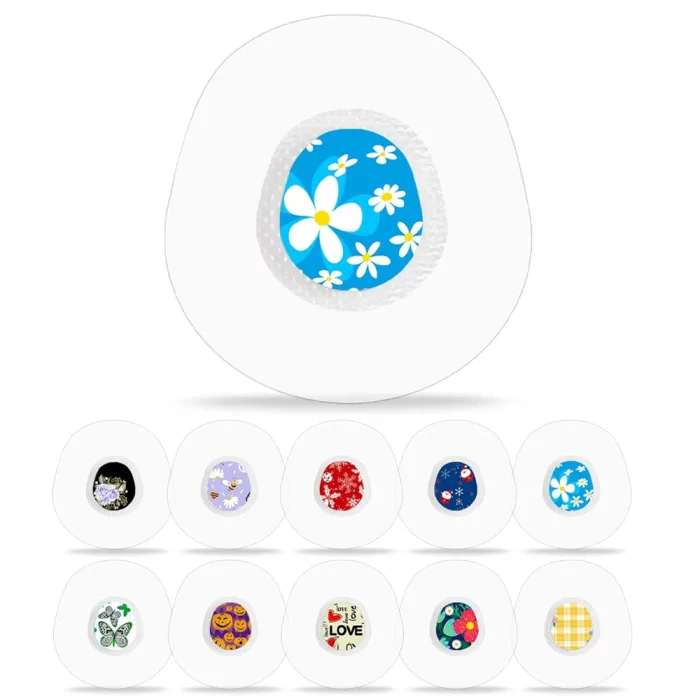Understanding Diabetic Dog Food: A Comprehensive Guide
As a pet owner, ensuring your dog’s health is a top priority. For dogs diagnosed with diabetes, choosing the right diet is crucial. This guide will explore diabetic dog food, its importance, and how to select the best options for your furry friend.
Learn more about diabetic dog food on our homepage.
Table of Contents
What is Diabetic Dog Food?
Diabetic dog food is specially formulated to help manage blood sugar levels in dogs with diabetes. These diets typically contain a balance of protein, fiber, and carbohydrates, designed to prevent spikes in blood glucose. The right diabetic dog food can significantly improve your dog’s quality of life.
- Low glycemic index ingredients
- High fiber content
- Controlled fat levels
- Protein-rich formulations
Why is Diabetic Dog Food Important in 2025?
As pet obesity rates continue to rise, the prevalence of diabetes in dogs is also increasing. In 2025, it is projected that more dogs will require specialized diets to manage their health. Diabetic dog food plays a vital role in maintaining stable blood sugar levels, preventing complications associated with diabetes.
Moreover, advancements in pet nutrition are leading to better formulations that cater to the specific needs of diabetic dogs. This means that pet owners have access to more effective and palatable options than ever before.
Step-by-step Guide to Diabetic Dog Food
Step 1: Consult Your Veterinarian
Before making any dietary changes, consult your veterinarian. They can provide insights into your dog’s specific needs and recommend suitable diabetic dog food brands.
Step 2: Choose the Right Food
Select a diabetic dog food that meets the nutritional requirements outlined by your vet. Look for products with low glycemic index ingredients and high fiber content to help regulate blood sugar levels.
Step 3: Monitor Your Dog’s Health
After transitioning to diabetic dog food, keep an eye on your dog’s health. Regular vet check-ups and monitoring blood glucose levels are essential to ensure the diet is effective.
Common Mistakes to Avoid
When managing your dog’s diabetes through diet, avoid these common pitfalls:
- Not consulting a veterinarian before changing diets.
- Choosing low-quality dog food with fillers.
- Ignoring portion control and feeding schedules.
- Failing to monitor your dog’s response to the new diet.
Real-world Examples
Many pet owners have successfully managed their dogs’ diabetes through proper diet. For instance, a Labrador Retriever named Max was able to stabilize his blood sugar levels by switching to a high-fiber diabetic dog food. His owner noticed improved energy levels and overall health.
Another example is Bella, a Beagle who struggled with weight gain. After transitioning to a low-glycemic diabetic diet, Bella not only lost weight but also experienced fewer health complications related to her diabetes.
FAQ
What should I look for in diabetic dog food?
Look for high fiber content, low glycemic index ingredients, and a balanced protein-to-fat ratio. Always consult your vet for specific recommendations.
Can I make homemade diabetic dog food?
Yes, but it’s essential to ensure that the homemade diet meets your dog’s nutritional needs. Consult your veterinarian for guidance on recipes and ingredients.
How often should I feed my diabetic dog?
Feeding schedules should be consistent and aligned with your dog’s insulin regimen. Typically, dogs with diabetes benefit from two to three meals a day.
Key Takeaways & Conclusion
Choosing the right diabetic dog food is crucial for managing your dog’s health. By consulting with your veterinarian, selecting high-quality food, and monitoring your dog’s condition, you can help ensure a healthier, happier life for your furry friend.
For more resources and products to support your dog’s diabetes management, explore our range of diabetes accessories today!
Discover our premium accessories for diabetics —
Visit the shop

 Smart Insulin Cooler Travel Case
Smart Insulin Cooler Travel Case  LifeBetic™ Dexcom G7 Sensor Patch Pack – 20 Waterproof Adhesive Covers (Patterned & Transparent, Hypoallergenic)
LifeBetic™ Dexcom G7 Sensor Patch Pack – 20 Waterproof Adhesive Covers (Patterned & Transparent, Hypoallergenic)